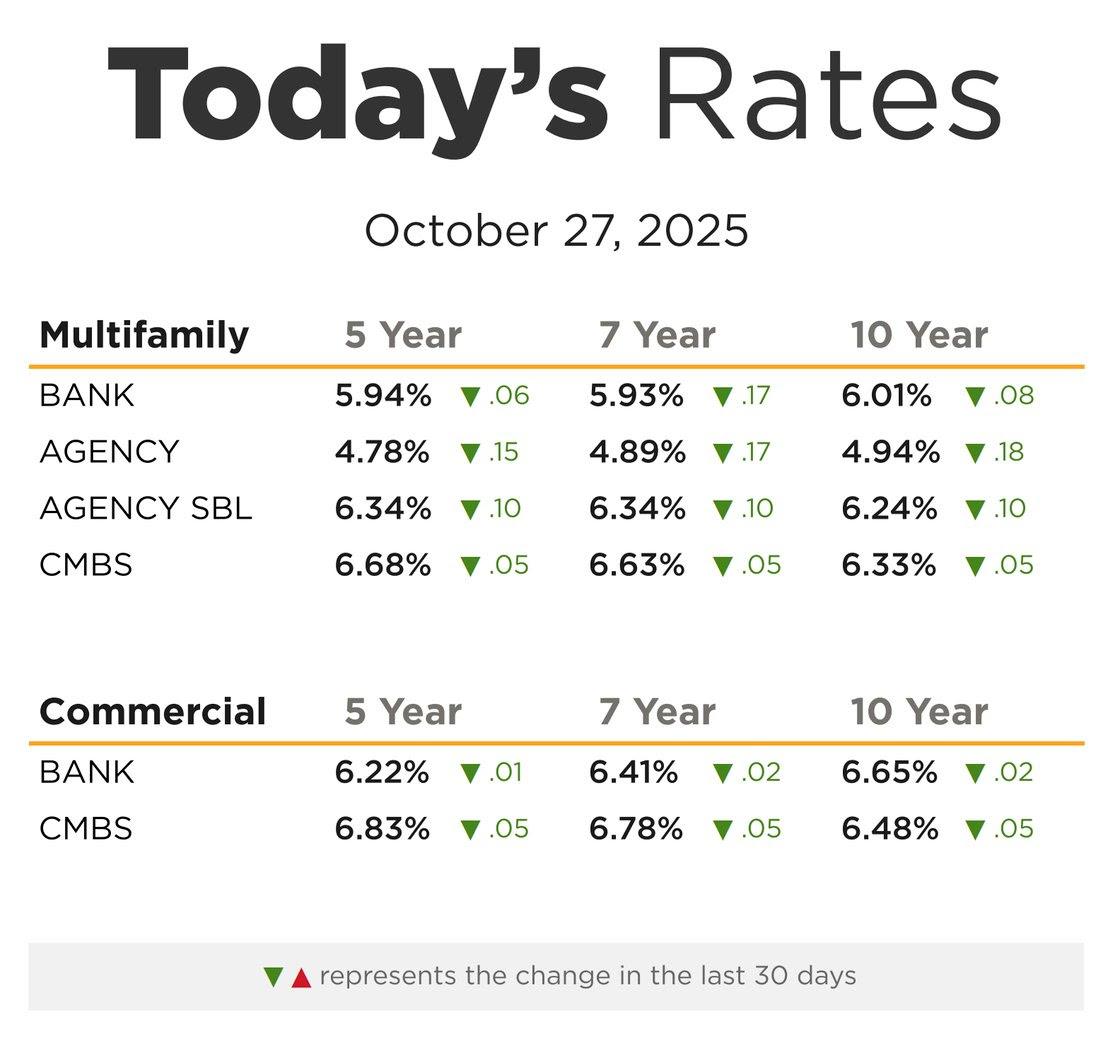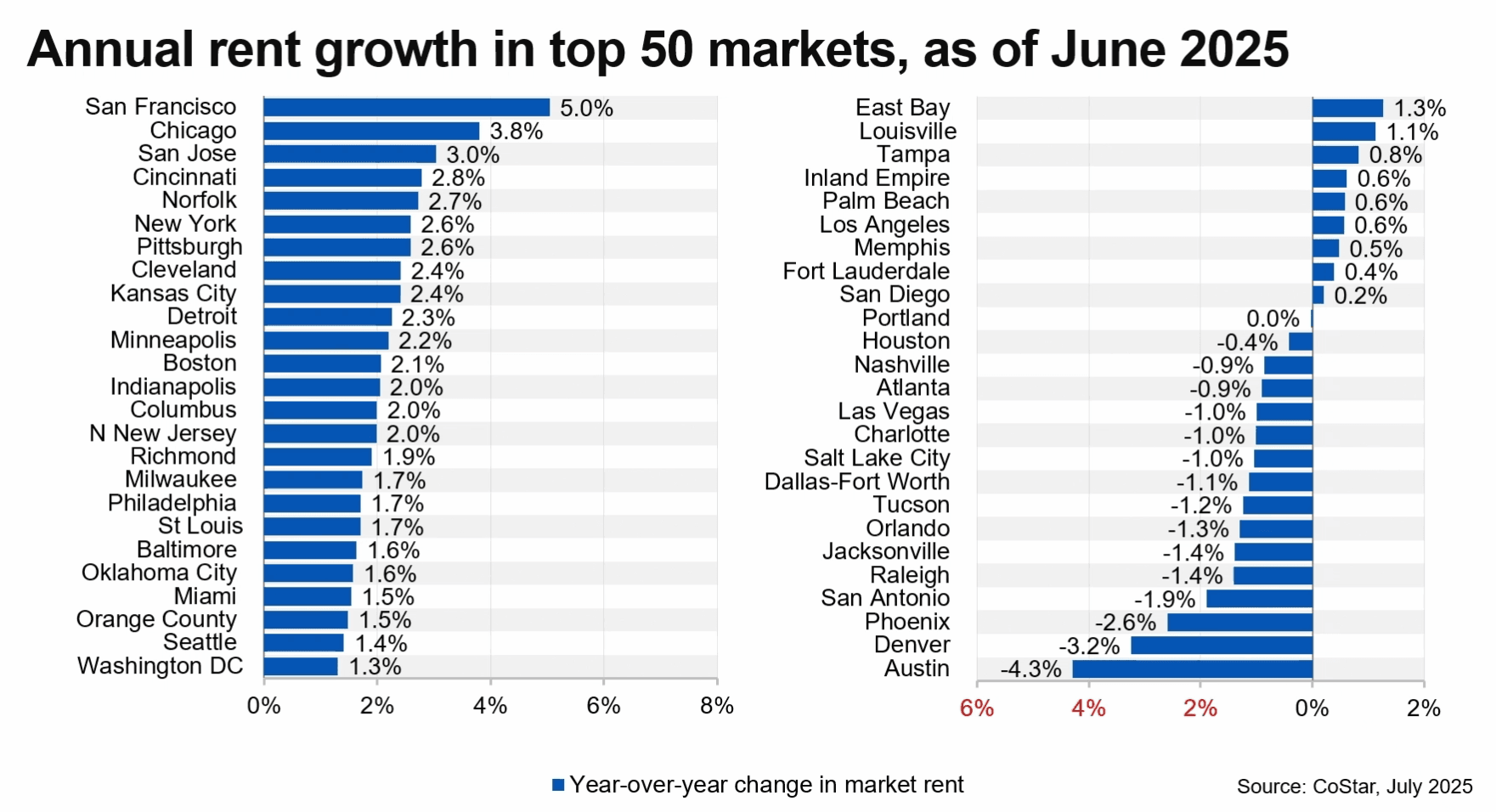The housing market has found stability in a time of crisis because of the interventions in the CARES Act stimulus, unemployment benefits, and eviction moratoriums.
The cap rates for small multifamily properties barely budged between the first and second quarters of 2020, according to a new report by Chandan Economics and Arbor Realty Trust.
Cap rates narrowed by 5 bps in the second quarter, landing at 5.8%, explained the article, which was published on lender Arbor Realty Trust’s website.
“In the first quarter, cap rates widened by 21 bps, and there was some concern that they would further inch up as the economic downturn continued. However, small multifamily cap rates held steady due to a pricing tug-of-war,” said the article.
Cap rates are influenced both by falling risk-free interest rates, and by operational risks, it explained.
“When both phenomena happen at the same time, the net result is cap rate stability,” said the article.
Chandon examined the difference between cap rates and Treasury yields to estimate what the risk premium is in small multifamily properties. Although the spread was the highest level on record in the second quarter, when you compare it to the first quarter, it barely budged.
The article said the housing market has found stability in a time of crisis because of the interventions in the CARES Act stimulus, unemployment benefits, and eviction moratoriums. But there are repeated debate about how resilient property cash flows will be when the protective measures expire.
For example, one survey in mid-July said that 39% of renters who earn less than $75,000 per year had no confidence or slight confidence that they would be able to pay their rent in August, the article said. That rate was 5% higher than a survey in the middle of June.
In higher income brackets, there is less concern about the ability to pay rent.
“Small multifamily renters tend to earn less than their large multifamily neighbors, increasing the concern for rent collections with this asset class,” said the article. “Simultaneously, small multifamily renters are comparatively less transient and less likely to transition into homeownership over the medium-term. With COVID-19 causing many young households to reconsider their housing location preferences, the small multifamily subsector may prove more resilient in re-leasing and maintaining stable occupancies over the medium term.”
The article warned that because there are so many moving parts, there will be an ongoing discussion about how the small multifamily market deals with the risks, compared with the rest of the industry.
Source: Globe St Angela Morris | September 08, 2020, at 05:43 AM
Receive Market Insights
Periodic analysis on rents, pricing, cap rates, and transaction activity across Chicago and key suburban markets.




Join The Discussion